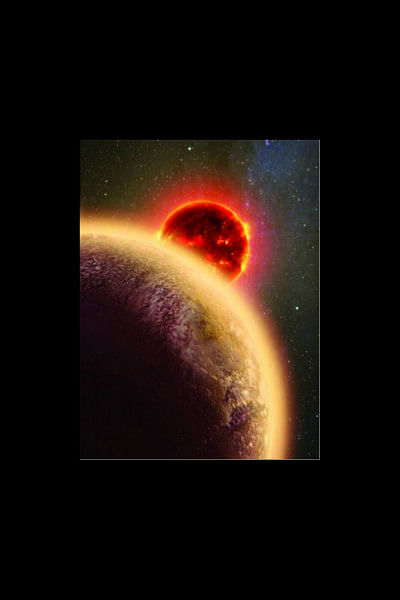Quirky Science

PHOBOS IS FALLING PART
The long, shallow grooves lining the surface of Phobos are likely early signs of the structural failure that will ultimately destroy this moon of Mars.
Orbiting a mere 3,700 miles (6,000 kilometers) above the surface of Mars, Phobos is closer to its planet than any other moon in the solar system. Mars' gravity is drawing in Phobos, the larger of its two moons, by about 6.6 feet (2 meters) every hundred years. Scientists expect the moon to be pulled apart in 30 to 50 million years.
"We think that Phobos has already started to fail, and the first sign of this failure is the production of these grooves," said Terry Hurford of NASA's Goddard Space Flight Center in Greenbelt, Maryland.
The findings by Hurford and his colleagues are being presented Nov. 10, 2015, at the annual Meeting of the Division of Planetary Sciences of the American Astronomical Society at National Harbor, Maryland.

Phobos' grooves were long thought to be fractures caused by the impact that formed Stickney crater. That collision was so powerful, it came close to shattering Phobos. However, scientists eventually determined that the grooves don't radiate outward from the crater itself but from a focal point nearby.
More recently, researchers have proposed that the grooves may instead be produced by many smaller impacts of material ejected from Mars. But new modeling by Hurford and colleagues supports the view that the grooves are more like "stretch marks" that occur when Phobos gets deformed by tidal forces.
NEW FOUND VENUS
The collection of rocky planets orbiting distant stars has just grown by one, and the latest discovery is the most intriguing one to date. The newfound world, although hot as an oven, is cool enough to potentially host an atmosphere. If it does, it's close enough (only 39 light-years away) that we could study that atmosphere in detail with the Hubble Space Telescope and future observatories like the Giant Magellan Telescope.
"Our ultimate goal is to find a twin Earth, but along the way we've found a twin Venus," says astronomer David Charbonneau of the Harvard-Smithsonian Center for Astrophysics (CfA). "We suspect it will have a Venus-like atmosphere too, and if it does we can't wait to get a whiff."
"This planet is going to be a favorite target of astronomers for years to come," adds lead author Zachory Berta-Thompson of the Massachusetts Institute of Technology (MIT).
GJ 1132b, as the planet is known, orbits a red dwarf star only one-fifth the size of our Sun. The star is also cooler and much fainter than the Sun, emitting just 1/200th as much light. GJ 1132b circles its star every 1.6 days at a distance of 1.4 million miles (much closer than the 36-million-mile orbit of Mercury in our solar system).
Source: Sciencedaily.com

 For all latest news, follow The Daily Star's Google News channel.
For all latest news, follow The Daily Star's Google News channel. 



Comments